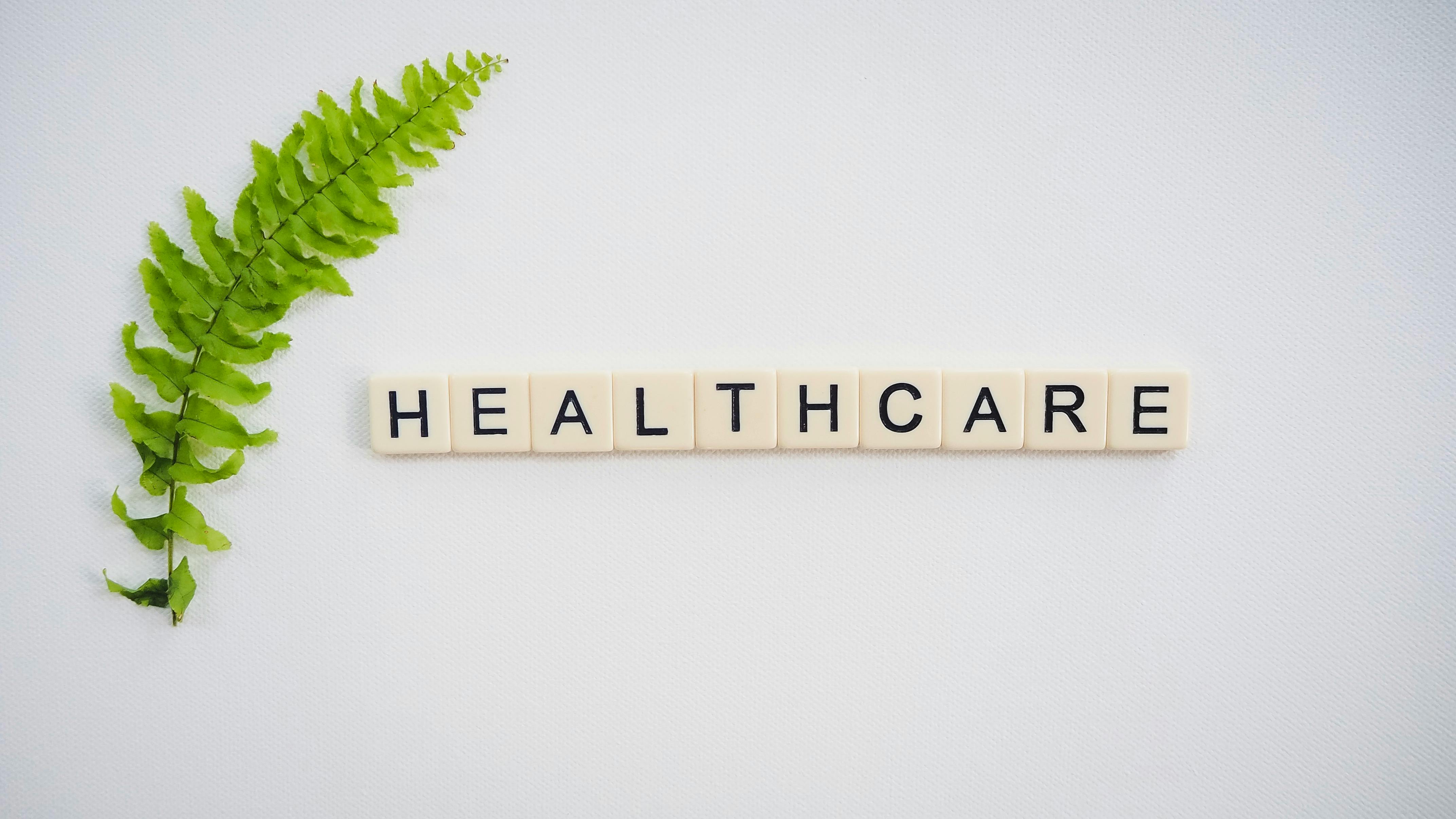As one of the leading causes of preventable death and disease in the USA, chronic excess weight continues to take its economic toll on healthcare. Globally, the WHO reports that the costs of overweight and obesity will swell to nearly $3 trillion by 2030. In the US alone, these costs amount to around $1.4 trillion. During the 2020 pandemic, this amount was equivalent to 4.4% of the GDP lost, as per an OECD study.
Aside from obviously being significantly expensive, these costs create widespread financial strain, given that they affect multiple aspects of society. Read on below to find out more.
Understanding excess weight
Through the years, despite multiple private and public health initiatives, the population of overweight and obese individuals continues to grow. As of 2024, the CDC states that up to 7 in 10 adults are outside the normal weight and body mass index (BMI) range. When looking at obese vs overweight BMIs, the former exceeds 30, whereas the latter falls between 27 and 29.9. In both cases, though, there is a higher chance of developing chronic illnesses like diabetes, certain cancers, and mobility issues. As a result, there is a drastic rise in mortality rates alongside a dip in overall quality of life.
What makes shedding this excess weight challenging is that multiple factors often bring it on. Apart from the more typical diet and exercise, weight gain can be caused by nuanced aspects like community, medical history, sex, age, and more. As a result, there has been more attention brought to various weight loss solutions ranging from early childhood intervention to adult medical weight loss programs. How these pan out in the long-term, though, is yet to be determined.
The economic weight of obesity and overweight
Chief among those impacted by the costs of excess weight are the individuals themselves. According to a 2021 Peterson-KFF study, obese and overweight people spent twice as much on healthcare as other people. On average, this amounts to over $12,000 in annual health expenditures. This cost may be even higher for those who already suffer from weight-related issues that require pricey interventions. For instance, stroke patients are estimated to spend anywhere from $30,000 to more than $100,000 following the incident. What’s more concerning is that wide-scale health insurance loss means fewer people have the necessary coverage to lighten this financial load.
Moving on, even employers are feeling the impact of this epidemic. According to an NIH report, obese and overweight workers file about four more sick days than their colleagues. This rise in absenteeism can cost companies nearly $17 billion every year. Outside of absenteeism, the poor health associated with excess weight can impact overall engagement. Employee disengagement is another costly company problem that can result in costs equivalent to 18% of said employee’s annual salary, as per Gallup. With more employees also expecting weight-related interventions, like medical weight loss, to be included in their benefits, companies are expected to shell out more money to cover this. As it is, medical weight loss drugs are notoriously expensive. Depending on a company’s insurance provider, costs can be detrimental to overall budgets. To date, medical weight loss interventions can cost around $1,400 a month. Should a company offer some of the more famous drugs, like Ozempic, an employer may need to spend an extra $300 per worker’s healthcare costs. By the end of 2024, that will amount to $15,000 more per employee.
In conclusion, while the effects of excess weight must be managed primarily for health reasons, its impact on finances shouldn’t be downplayed. If not addressed more aggressively, the weight epidemic will continue, and its economic strain will only grow and spread.

